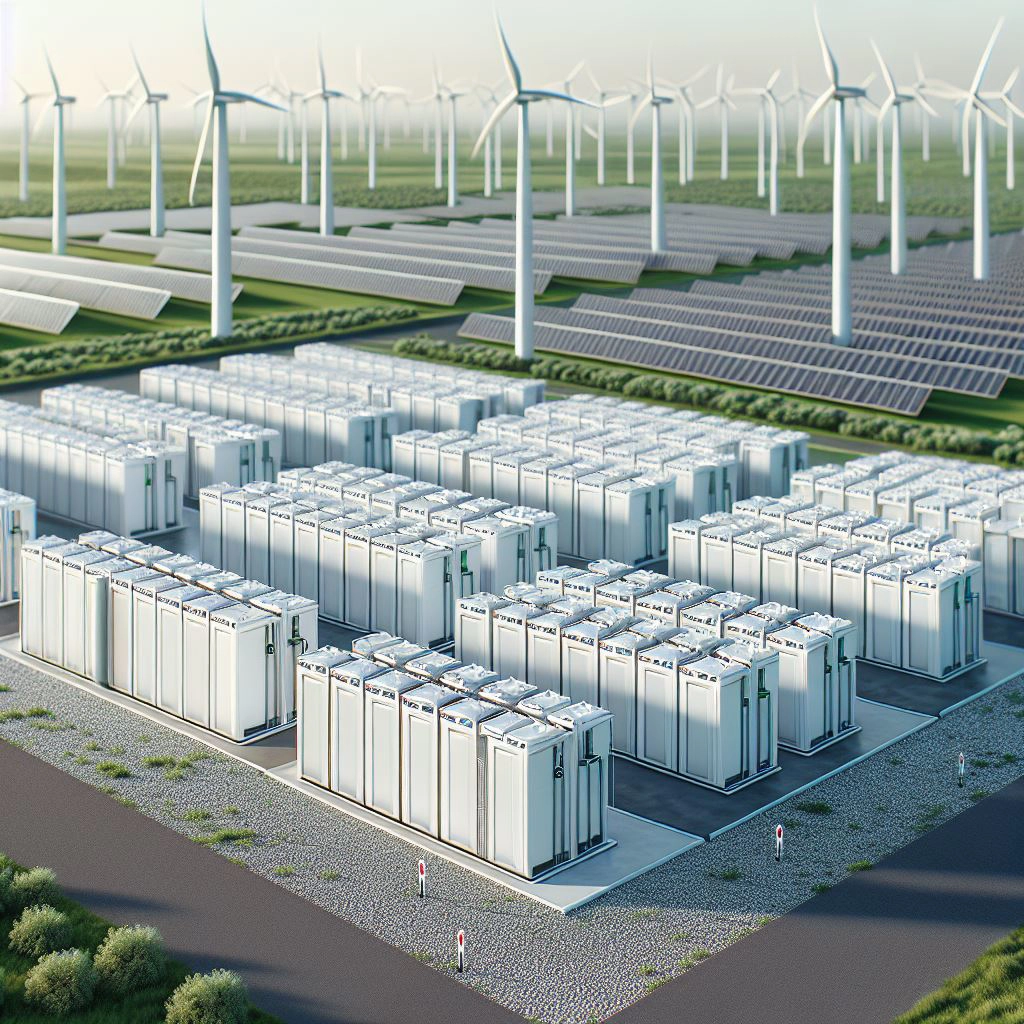

Already operating at an impressive 200MW capacity with plans to scale to 300MW by 2026, Blackhillock addresses one of the fundamental challenges facing renewable-heavy grids: intermittency management. The facility captures excess wind generation that would otherwise be curtailed during high-production, low-demand periods, then dispatches this stored energy precisely when the grid needs it most. For energy professionals watching curtailment rates climb across European markets, this represents a critical proof point for large-scale storage economics.
The facility's location between Inverness and Aberdeen is no accident. This strategic positioning allows Blackhillock to serve as a crucial transmission congestion solution for multiple offshore wind installations including Viking, Moray East, and Beatrice. By absorbing generation that would otherwise stress transmission pathways, the battery effectively increases the functional capacity of existing grid infrastructure - a far more cost-effective approach than building additional transmission lines.
What truly differentiates Blackhillock from conventional battery installations is its pioneering implementation of grid-forming inverter technology. As synchronous generators are progressively retired across Europe, the facility provides essential Stability Services to the UK’s National Energy System Operator, including synthetic inertia and reactive power support. For system operators navigating the transition away from traditional thermal plants, this demonstration of inverter-based resources providing ancillary services represents a crucial technological milestone.
The numbers speak volumes: projected consumer savings exceeding £170 million over 15 years through reduced curtailment costs and enhanced grid efficiency. Beyond the financial calculus, the estimated 2.6 million tonnes of CO₂ emissions avoided during this period demonstrates how strategic storage deployment can accelerate decarbonization efforts while maintaining system reliability.
For energy professionals, Blackhillock provides invaluable data points on the technical and economic viability of grid-scale batteries as multi-service assets. Its successful implementation offers a replicable model for addressing the renewable integration challenges facing grids across Europe and beyond. As regulatory frameworks continue to evolve to recognize the full value stack of battery storage, projects like Blackhillock will increasingly form the backbone of tomorrow's resilient, low-carbon energy systems.
The Blackhillock battery storage project is developed and operated by Zenobē Energy Ltd.